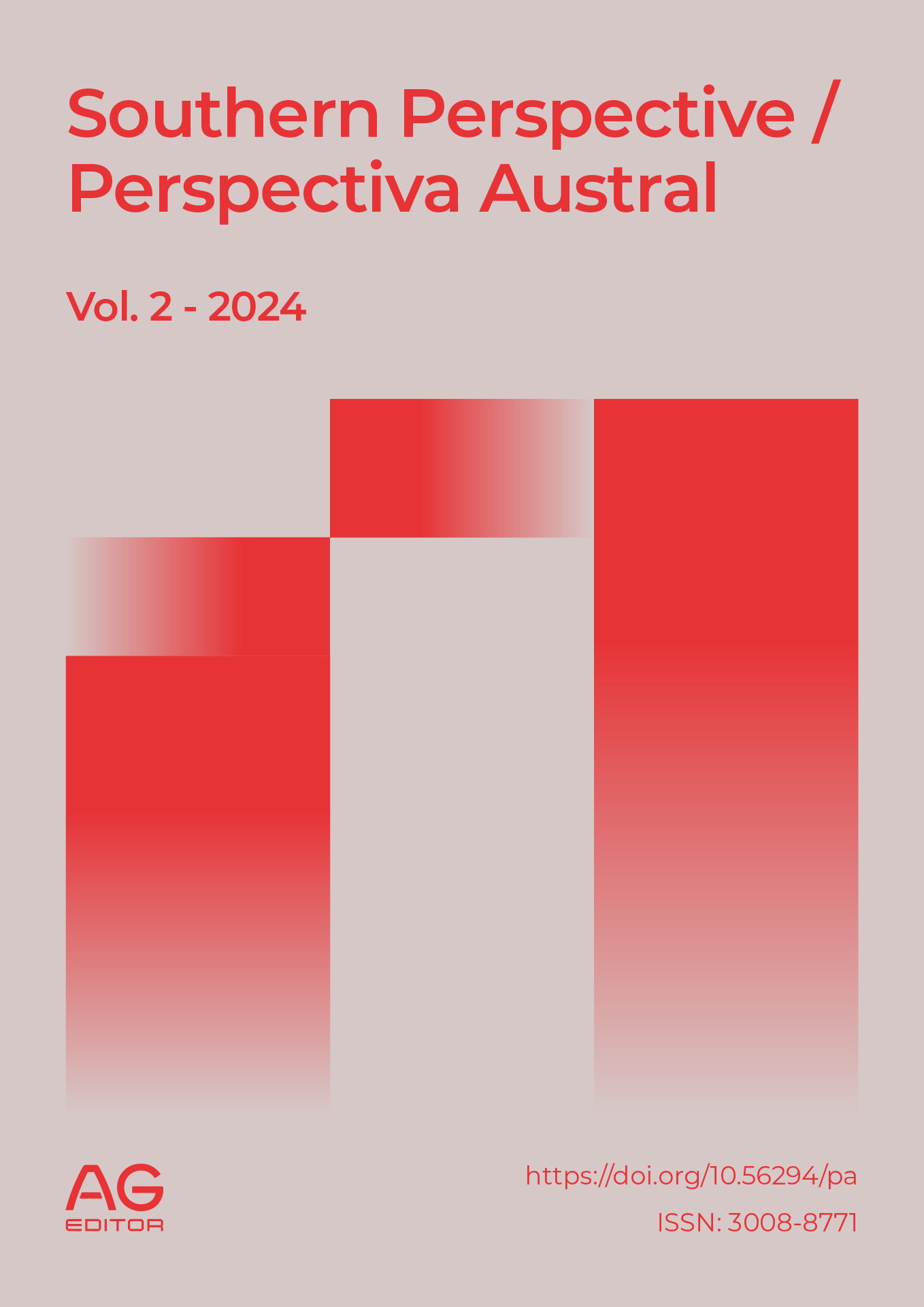differentiated vulnerability in age groups to the effects of climate change: the case of the metropolitan area of pachuca, hidalgo, mexico.vulnerabilidad
DOI:
https://doi.org/10.56294/pa2024.41Keywords:
Public policies, differentiated vulnerability, climate change, older adultsAbstract
In Mexico, differentiated vulnerability is not recognized as a social and historical process that aggravates the fragility of populations in the face of urban risks related to climate change. The “Ley General de Protección Civil” does not consider specific vulnerabilities, resulting in the absence of specialized public policies. In the Metropolitan Zone of Pachuca (ZMP), Hidalgo, population growth and aging make it crucial to evaluate the conditions and resources to face climate risks, with a particular focus on the elderly, who are especially sensitive to these effects. The objective of the research is to establish the basis for designing public policies that address the differentiated vulnerability of age groups in the MPA, Hidalgo. For this purpose, it is necessary to dimension the vulnerability of this group and develop specific policy models to reduce disaster risk. In addition, environmental education is incorporated as a key tool to raise awareness among the population and stakeholders about the effects of climate change, in order to mitigate these risks and promote resilience. A mixed methodology was employed that includes documentary analysis on vulnerability, public policy design, evaluation of the existing legal framework and participatory action research for the educational component, aligned with Sustainable Development Goals (SDGs), 3 (Health and well-being), 11 (Sustainable cities), 13 (Climate action) and 17 (Partnerships to achieve the goals), with the aim of promoting partnerships between government, civil society and institutions involved.
References
1. Adger, W. N. (2006). Vulnerability. Global Environmental Change, 16(3), 268-281.
2. Cutter, S. L., Boruff, B. J., & Shirley, W. L. (2003). Social vulnerability to environmental hazards. Social Science Quarterly, 84(2), 242-261.
3. Delgado, G., De Luca, A., & Vázquez, V. (2015). Adaptación y mitigación urbana del cambio climático en México. CEIICH-PINCC, UNAM.
4. INEGI. (2020). Censo de Población y Vivienda 2020.
5. https://www.inegi.org.mx/programas/ccpv/2020/
6. IPCC. (2014). Cambio climático: Impactos, adaptación y vulnerabilidad. Resumen para responsables de políticas. Ginebra: Intergovernmental Panel on Climate Change.
7. Lavell, A. (2000). Vulnerabilidad y desastres naturales. Revista Internacional de Ciencias Sociales, 1(1), 35-45.
8. Ley de Mitigación y Adaptación ante los efectos del Cambio Climático para el Estado de Hidalgo. (2013). Última reforma publicada en el alcance uno del periódico oficial 07-06- 2024.
9. Ley de Protección Civil del Estado de Hidalgo. (2011). Última reforma publicada DOF 18-08- 2023.
10. Menoni, S., Molinari, D., Parker, D., Ballio, F., & Tapsell, S. (2012). Assessing multifaceted vulnerability and resilience in order to design risk-mitigation strategies. Natural Hazards, 64(3), 2057-2082.
11. Organización de las Naciones Unidas (ONU). (2015). Objetivos de Desarrollo Sostenible. https://www.un.org/sustainabledevelopment/es/objetivos-de-desarrollo-sostenible/
12. Organización de las Naciones Unidas (ONU). (2023). Informe sobre vulnerabilidad global y cambio climático. ONU.
13. OMS. (2018). Cambio climático y salud. https://www.who.int/es/news-room/fact- sheets/detail/climate-change-and-health
14. Pizarro, J. (2001). La focalización de políticas públicas en el Estado neoliberal. Fondo de Cultura Económica.
15. Sánchez, D., & Egea, C. (2011). Enfoque de vulnerabilidad social para investigar las desventajas socioambientales: Su aplicaciónPapeles de Población, 69, 151-185.
Published
Issue
Section
License
Copyright (c) 2024 Miranda Ruiz Darien (Author)

This work is licensed under a Creative Commons Attribution 4.0 International License.
The article is distributed under the Creative Commons Attribution 4.0 License. Unless otherwise stated, associated published material is distributed under the same licence.






